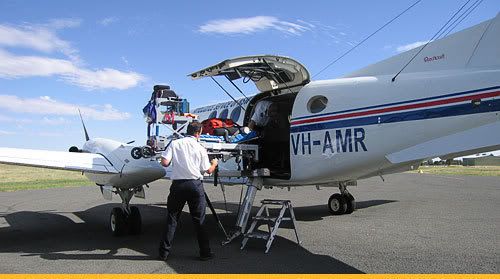Air ambulances are aircrafts provided by long
distance medical transport services companies to patients who do not have easy
access to good medical facilities.
Air ambulances are life savers for patients who are
critically ill and need to be shifted to larger medical institution. An air
ambulance needs to be equipped with a ventilator, ECG Unit, stretchers, all
life saving drugs and an experienced team.
Air ambulance have been in the army for long, but it was only in the
1920’s that the concept was also utilized for civilians.
Let’s have a look at the services Air Ambulances offer –
1. Fully Equipped For Critically Ill Patients
An air ambulance is fully equipped to handle all kinds of medical
emergencies. It is fully capable of handling any patient surgery, or any other
life saving treatment. The aircraft can handle it all.
2. Trained Paramedics, Medical Escorts and Flight Nurses
The team on board an air ambulance is experienced, trained and ready to
handle any crisis. Certain long distance medical
transport services companies even send a doctor to
assist the paramedic team. They are also fully briefed to undertake an
evacuation if the need arises.
3. Travel medical assistance company
Check the review and speak to your friends and family about their
services. Most insurance companies offer cover for airlifting patients.
Travelers must ensure they enroll for it, before embarking on nay travel. Air
ambulances all over the globe have been saving the, lives of in-numerous patients and by relocating them to better medical facilities.


























 Facebook
Facebook
 Twitter
Twitter Google+
Google+